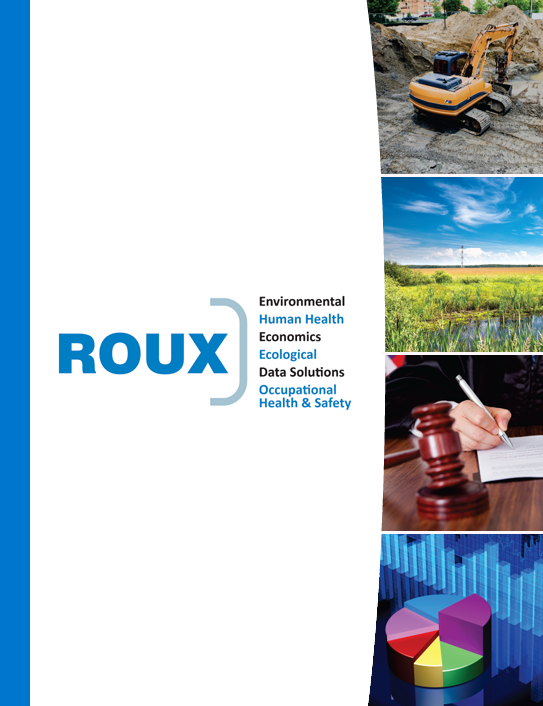Could Quantitative Loss Control Analysis Benefit your Investments?
As a result of the COVID-19 pandemic and the oil market shock, an increasing number of companies across an array of industries are experiencing or are at risk of financial distress. As with previous downturns, financially distressed assets and companies are available at bargain prices. Having provided technical support for numerous high-profile bankruptcy litigations, Roux’s experts have seen the same scenario play out time and time again. Laser-focused on the bargain, buyers acquire an asset with significant contingent environmental and related liabilities that, had the potential value been estimated beforehand, they may have turned away due to being unable to justify the risk-adjusted rate of return.
Valuing contingent liabilities requires specific expertise. Without thorough and appropriately rigorous analysis, your investment decision cannot explicitly and objectively account for financial impacts of contingent environmental and related liabilities. The valuation is challenging because the timing and magnitude depend on the outcome of future events, some unforeseen, for example:
- A Record of Decision defining the scope of pollution remediation at a CERCLA (i.e., Superfund) site where your asset/facility is located.
- A related claim for impairment of sensitive environmental receptors resulting in natural resource damages (NRD).
- A related lawsuit alleging pollution impaired residential and commercial properties.
- A lawsuit alleging bodily injury from toxic exposures to chemicals in your products.
- Discovery of mold during renovation.
- Release of toxic substances during flooding following a storm event.
Additionally, uncertainty about factors determining the exposure value (e.g., divisibility and allocation of remediation costs, value of impaired natural resources, highest and best use of nearby properties) requires explicit quantification to ascertain the probable range of financial impact, considering the limits and exclusions of available indemnity coverages.
Combining loss control methods and quantitative modeling (cost, economic and probabilistic) can identify and value contingent liability risk exposures while accounting for uncertainty in outcomes, factors determining exposure values, and the effectiveness of available mitigation measures. Furthermore, appropriate valuation and communication of liabilities of distressed assets can help prevent expensive and time-consuming litigation regarding the necessity and reasonableness of costs, fraudulent transfers, insurance coverage for unknown conditions, and contribution from other parties to the liability.
Loss control and liability valuation analysis draws on a range of data and technical inputs, including analysis of current and historical operations, review of environmental databases, application of insurance expertise, economic analysis, and site investigations. This information provides a basis for analyzing whether the added cost of insurance and other mitigation, any negotiated price discounts, and the remaining (unmitigated) probable risk exposure leaves a justifiable rate of return considering your internal benchmarks, competing investment opportunities, and investment budget.
Roux’s engineering, scientific, insurance, and economic and financial experts combine to provide custom, scalable quantitative loss control analysis for investments in financially stressed assets/businesses. In addition to identifying and quantifying the contingent environmental and related liabilities likely to lead to significant long-term financial impacts, we use our engineering and scientific expertise to identify mitigation actions that fit within the business’ operational and management structure and satisfy regulatory involvement. Our insurance industry experience conducting loss control surveys identifies risk exposures and provides the added value of satisfying informational requirements for procuring insurance coverages, and may support reduced premiums or broader, more inclusive coverage. To connect with one of our experts regarding quantitative loss control analysis, please contact us below:
